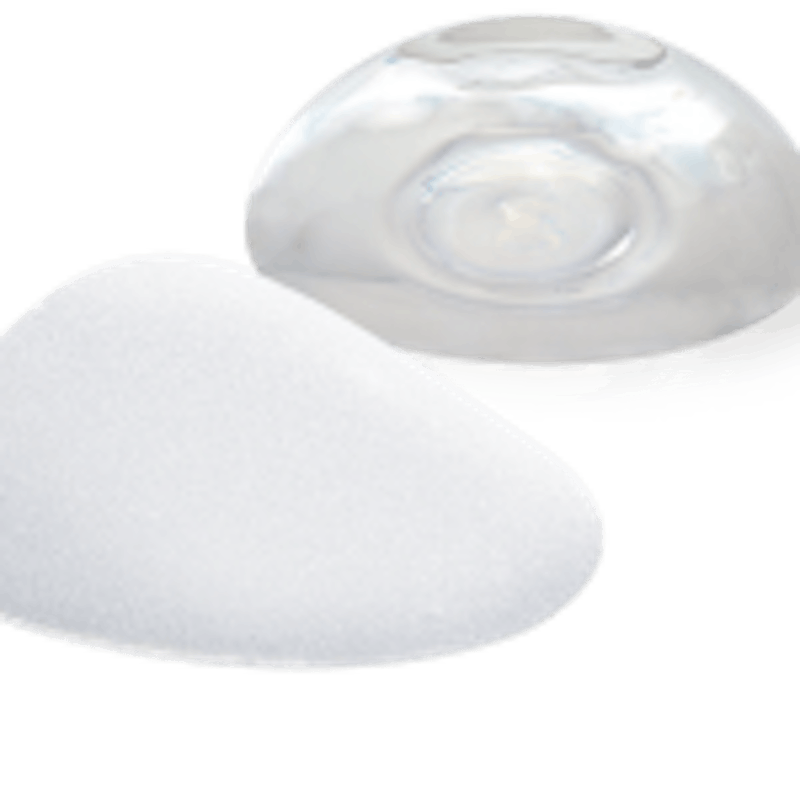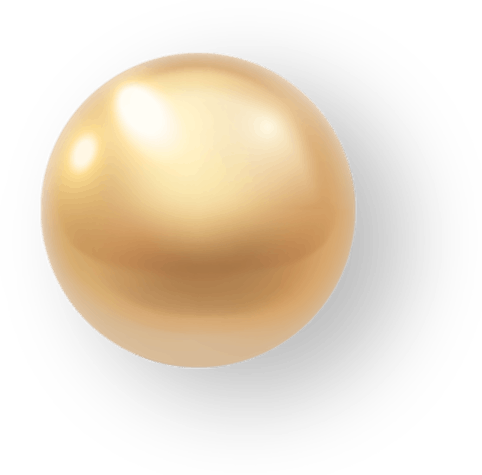
Safety and Comparison of Silicone Breast Implants for Patients Seeking Breast Augmentation (San Jose, CA)
In 1992, the FDA issued a moratorium on silicone breast implants in this country amidst concerns on the safety of silicone breast implants. Fourteen years, countless studies and thousands of patients later, many of the safety concerns that prompted the silicone breast implant ban were never clinically realized. In 2006, the FDA reversed the prior moratorium and released silicone breast implants for cosmetic use. Five years later and after analysis of the post -market data, the FDA reaffirmed the safety of silicone breast implants. Today San Jose breast augmentation patients have a choice of both silicone and saline breast implants.
Despite the positive safety findings of silicone breast implants, the recent controversy of French implant manufacturer Poly Implant Prosthese (PIP) has created new fears on the safety of silicone breast implants. PIP implants underwent a worldwide recall of its silicone breast implants due to an exceedingly high rupture rate. It was later revealed that the company used lower grade industrial silicone (at 10% of the cost of medical grade silicone) in the manufacture of PIP implants. The result was an inferior quality prosthesis that developed higher leak rates. PIP implants were sold across Europe, Asia and South America and have been implanted in over 300,000 women worldwide.
Luckily for San Jose breast augmentation patients, PIP implants were never sold in the US. In the US there are only two implant companies: Mentor (a division of Johnson and Johnson) and Allergan. Both companies exhibit high manufacturer quality with low rupture rates. Six year follow-up studies by Mentor and Allergan show a low rupture rate, typically around 1% per year. Drs. Jerome and Tom Liu have also completed certification for use of the Mentor Memory Gel and Allergan Natrelle silicone breast implants and important pre-requisite for breast augmentation. San Jose patients will be reassured that Drs. Jerome and Tom Liu are experienced in both brands of implants and all the models they carry.
Although PIP implants were never approved for use in the US, there are US residents who may have had PIP implants placed when they were traveling or living abroad. Mentor has launched a compassionate care program (valid 1/1/2012 through 12/31/2012) where Mentor will reimburse $250 for US residents with PIP implants who wish to have them exchanged with Mentor saline or silicone implants for their breast augmentation. San Jose or any patient with PIP implants should contact our office (408-418-0808) for more details on the Mentor Compassionate Care Program.
At Liu Plastic Surgery, we understand that patient safety is number one. Silicone breast implants have a long history of both safety and controversy in this country and abroad. Our goal is to be your physician advocate throughout the process. So which is better silicone or saline implants? Here are some of the things you may want to consider before YOU decide.
Feel (Advantage: Silicone)
When patients come into our office for a breast augmentation consultation, we will place a sample silicone and saline implant for them to feel. In this head to head comparison the silicone breast implant is unbeaten. Patients report that the silicone implant feels more “natural.” Patients often describe that the saline implant feels like a “bag of water.” When both implants are squeezed the silicone implant just feels softer because it is a gel while the saline implant is more fluid filled. When the saline implant is shaken you can sometimes hear a sloshing sound. Over time, the dissolved air can escape from the saline liquid and form air bubbles inside the shell further contributing the sloshing sound. This is the single most convincing reason why women choose silicone over saline implants.
Rippling (Advantage: Silicone)
Both silicone and saline implants have a silicone shell. The difference is what’s inside. When both implants are held upright the edges of the silicone implant are smooth while the edges of the saline implant are rippled. Many patients have described seeing rippling along the side of the breasts of women they know who have had saline implants. This becomes an issue especially in thin patients or when the implant is placed above the muscle (subglandular).
Leakage / Rupture Detection (Advantage: Saline)
When a saline implant ruptures it is obvious. Often times, women suddenly discover that one breast is slightly smaller than the other or completely deflated to the pre-augmentation size and shape. When a silicone implant ruptures it may or may not be clinically obvious or detectable. The latest generation of silicone implants is cohesive gels which mean that when the implant is cut the gel stays in one place (click to see video of a silicone implant cut in half). The same holds true if there is a leak or break in the silicone shell. As a result, the FDA has recommended that silicone breast implants be monitored for rupture with a breast MRI 3 years after surgery and every 2 years thereafter. As stated earlier, the rupture rate for Mentor Memory gel silicone implants is 1% at 6 years.
Risk of Rupture (Advantage: Silicone)
Mentor has published data from its Core Gel study and from its Saline Prospective Study. Six year data from the Core Gel study reveal a 1.1% rupture rate in primary augmentation patients. Five year data from the saline study reveals a 10% deflation rate.
Cost (Advantage: Saline)
Plain and simple silicone implants cost more. They are more expensive to manufacture and therefore cost more. Silicone implants cost roughly 40% more than saline implants.
Warranty (Advantage: Silicone)
All Mentor breast implants carry a lifetime warranty against rupture. Mentor will replace the ruptured implant and the other implant for free. During the first 10 years, Mentor will also pay for up to $3500 of the cost of the surgery for silicone implant ruptures. For saline breast implants Mentor will pay $1200 of the cost of surgery. Patients who have an enhanced saline warranty (paid $100 within 45 days of surgery for a warrant upgrade), Mentor will pay $2400 of the cost of surgery. For no additional cost, the warranty of silicone implants will reimburse more the cost of surgery should a rupture occur in the first 10 years.
Both Drs. Jerome and Tom Liu are passionate about breast augmentation but most importantly they are concerned for the safety of their patients in the San Jose. Breast augmentation surgery begins with an understanding of the patient’s goals and discussion of the risks and benefits of breast augmentation surgery. A thorough analysis of your chest and breast anatomy to determine which implant and size is right for you come with 17 years of collective training from the aesthetic fellowship trained plastic surgeons at LPS. Your visit starts with a consultation with one of our plastic surgeons in San Jose-Los Gatos who have advanced fellowship training in aesthetic breast procedures. During your consultation you will develop a customized breast augmentation package that is tailored to your body to include: implant type, position, incision and size. The plastic surgeons at LPS will give you a thorough and honest assessment to determine if you are a patient who would benefit from breast augmentation.
Contact Liu Plastic Surgery(San Jose – Los Gatos) at 408-418-0808 to discuss surgical your surgical options for breast augmentation surgery.



